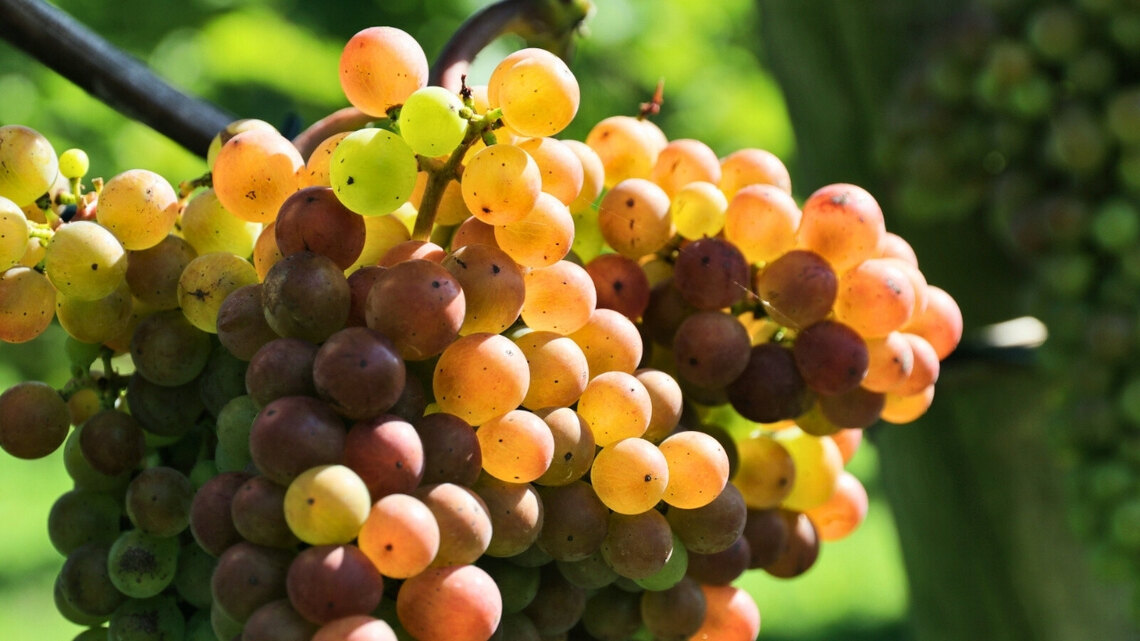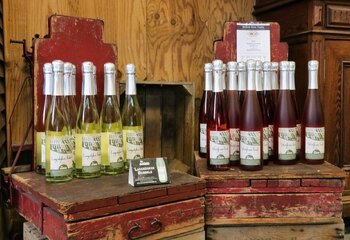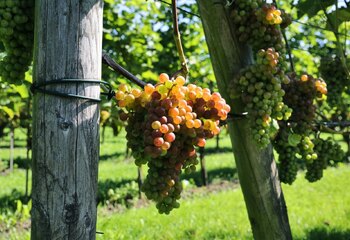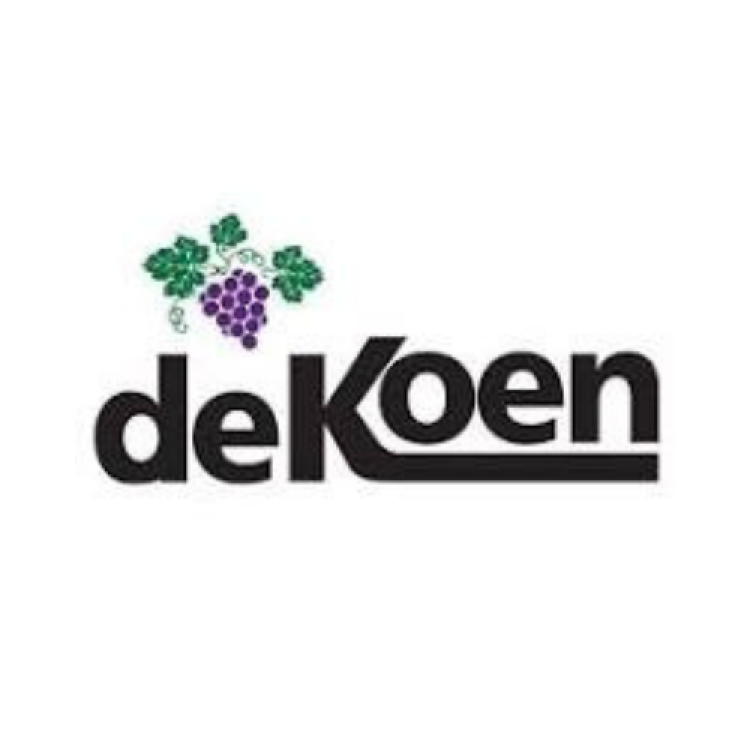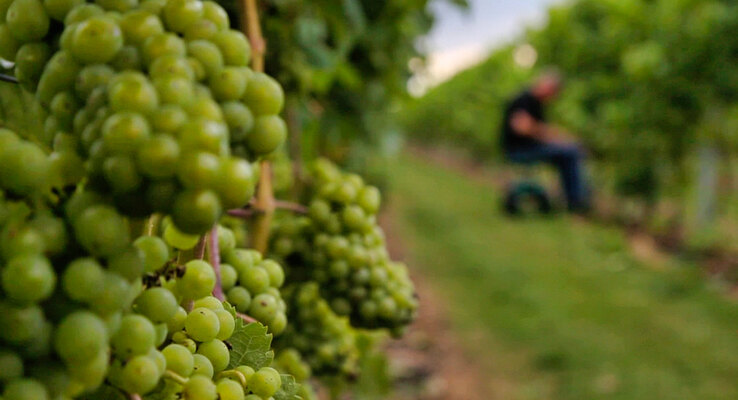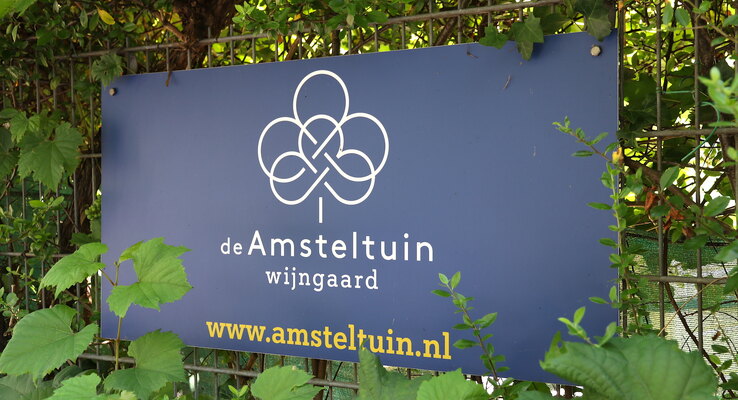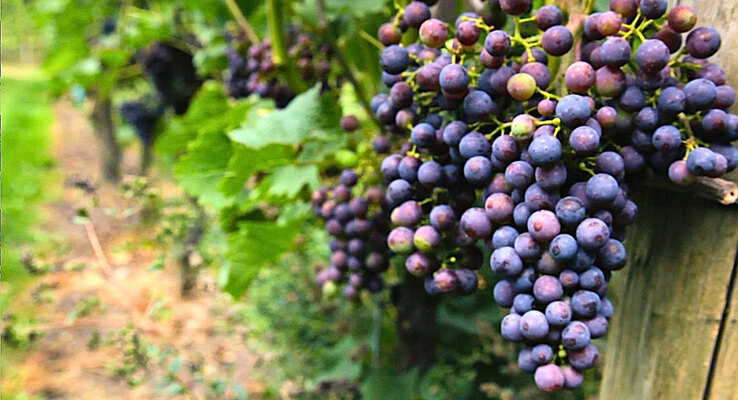"We remove a lot of grapes to give the remaining ones more flavor and aroma."
Following a stop at a nearby local winery, we found ourselves compelled to continue our journey to yet another enchanting winery in the northwestern region of the Netherlands. While Dutch wine might not be the immediate association with this area, the dedication to viticulture is quite apparent. This commitment shines through as we pay a visit to De Koen Winery.
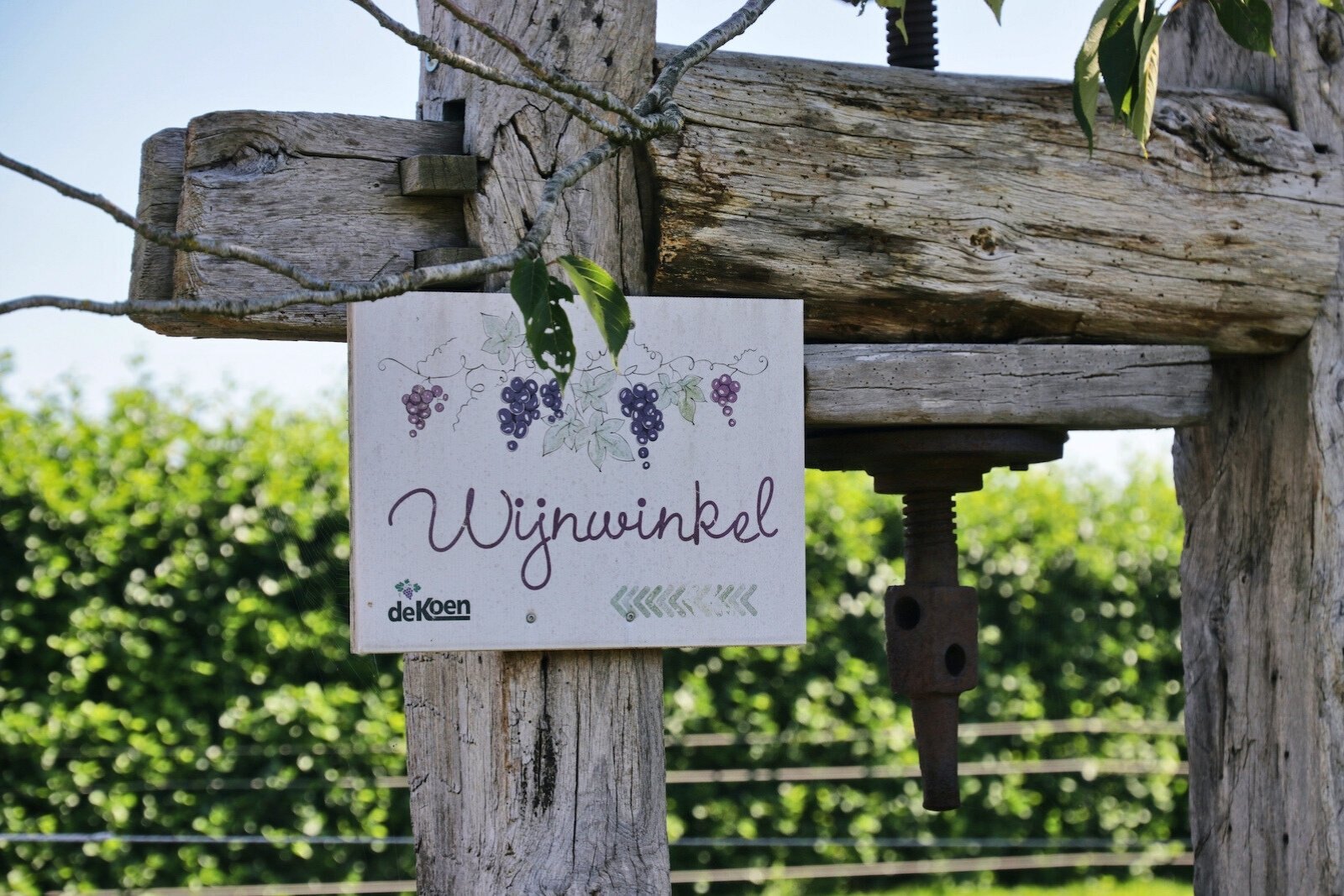
Kingdom of a thousand islands
In the Middle Ages, peat was reclaimed in the marshy area around Zuid-Scharwoude. The cutting of peat created draft holes, peat lakes and many small islands. The area was reclaimed in the 17th century, creating the Noord- and Zuid-Scharwoudepolder, among others. As a result, the land was initially used for cattle breeding, but after outbreaks of rinderpest in the 18th century, many animals perished. In the 19th century, agriculture became leading in this area and mainly various types of cabbages were grown here. On one of the many islands in this agricultural area was a field named "De Koen" after which the winery is named.
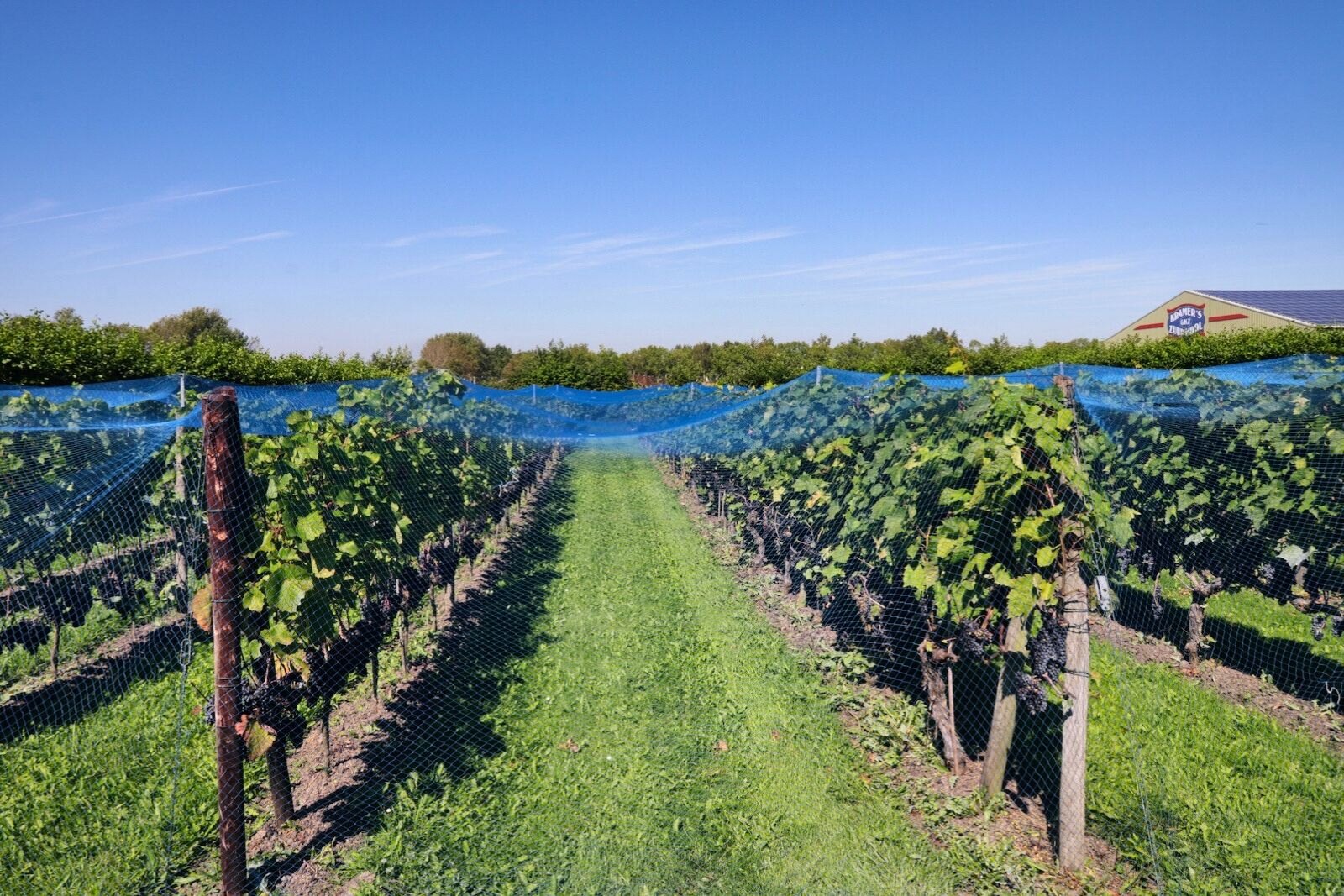
Starting a vineyard
Pieter de Boer came to live on his parents' horticultural farm in Zuid-Scharwoude in the late 1980s. Initially, he started growing grapes in a greenhouse on this spot from which he made wine as a hobby. Then a number of vines of the modern hybrid grape variety 'Regent' were also planted, a variety that many other Dutch vineyards also started with.
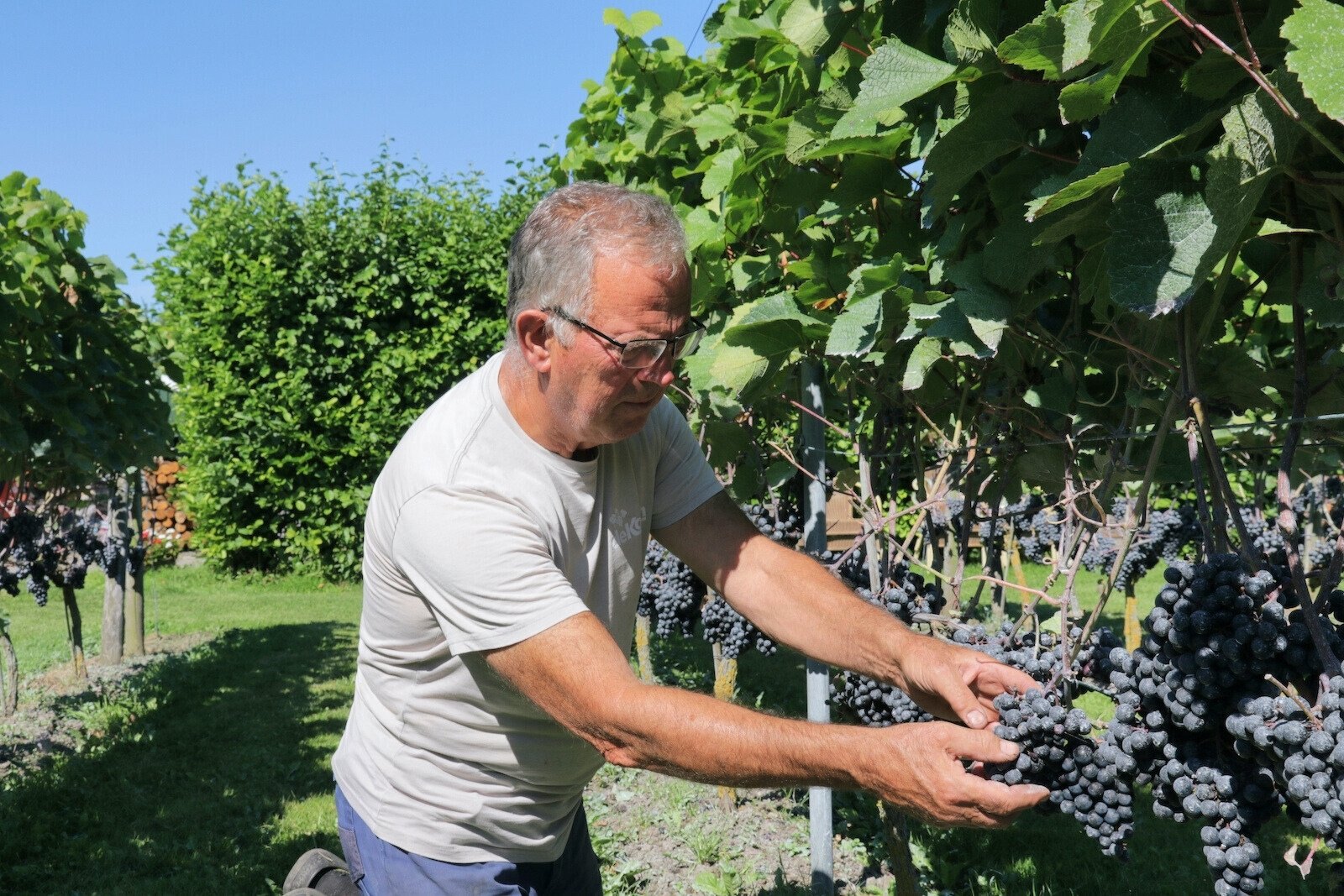
In 2003, Pieter and his wife Guja laid the foundation for what is now De Koen Winery. With an education in horticulture as background and the experience from his parents' horticultural company, he didn't exactly had to begin from scratch. Once a patch where cabbages and flowers flourished, it has transformed into a vineyard.
Wines from reclaimed land
For many years now, the two-hectare vineyard has been producing fine wines that also regularly win prizes. Due to the modest size of the vineyard, much of the work is still done manually. Son Govert also helps regularly, as do many friends. The choice fell on new, early ripening, hybrid grape varieties and that is a logical choice, which many other northern Dutch vineyards have also made.
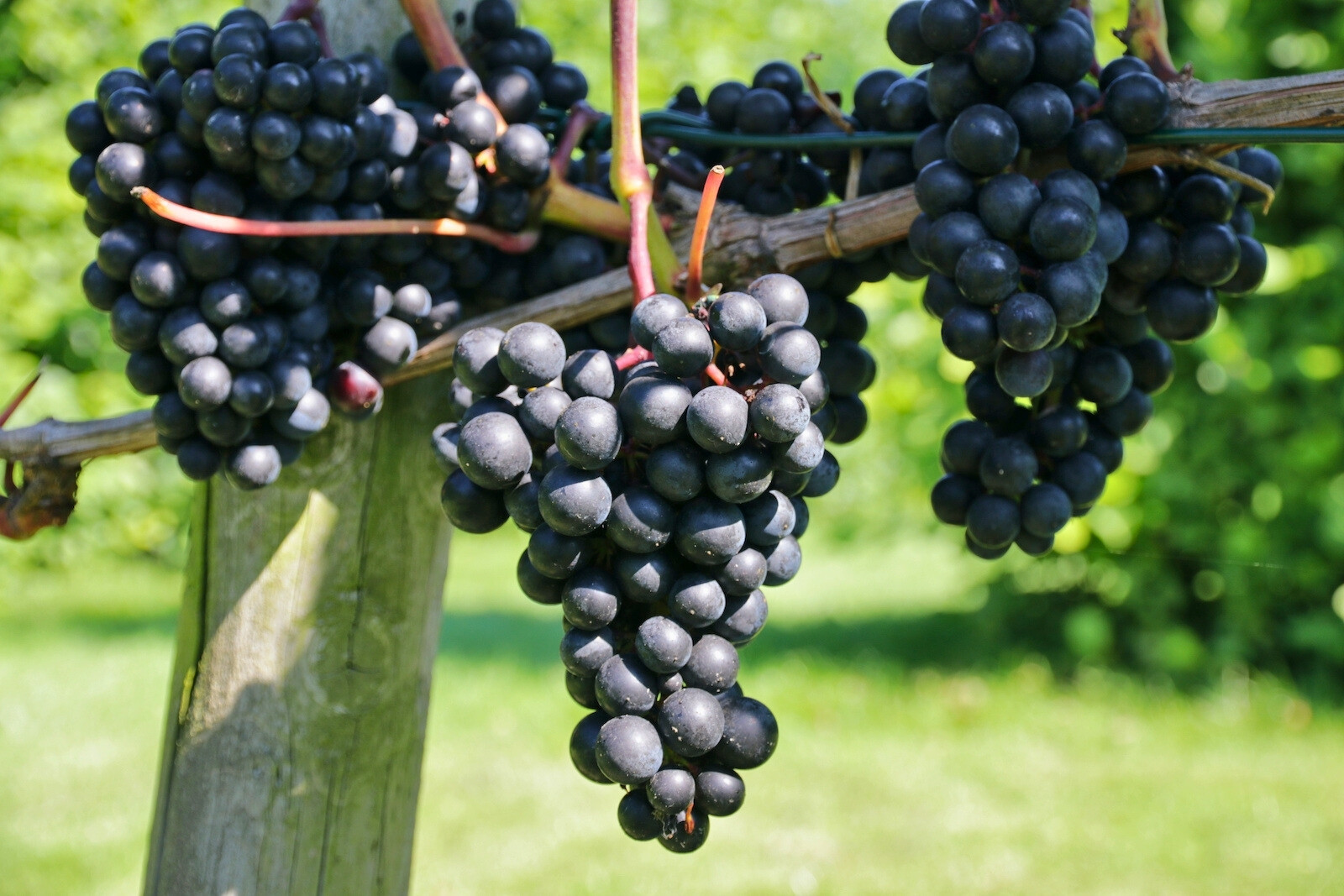
Varieties such as Solaris, Souvignier Gris, Phoenix and Muscaris are used to make white wines. For red wines, they are Rondo, Marechal Foch and Cabernet Cortis. In retrospect, Regent does not appear to be doing equally well in all Dutch vineyards and has also fallen out of favor at De Koen Winery.
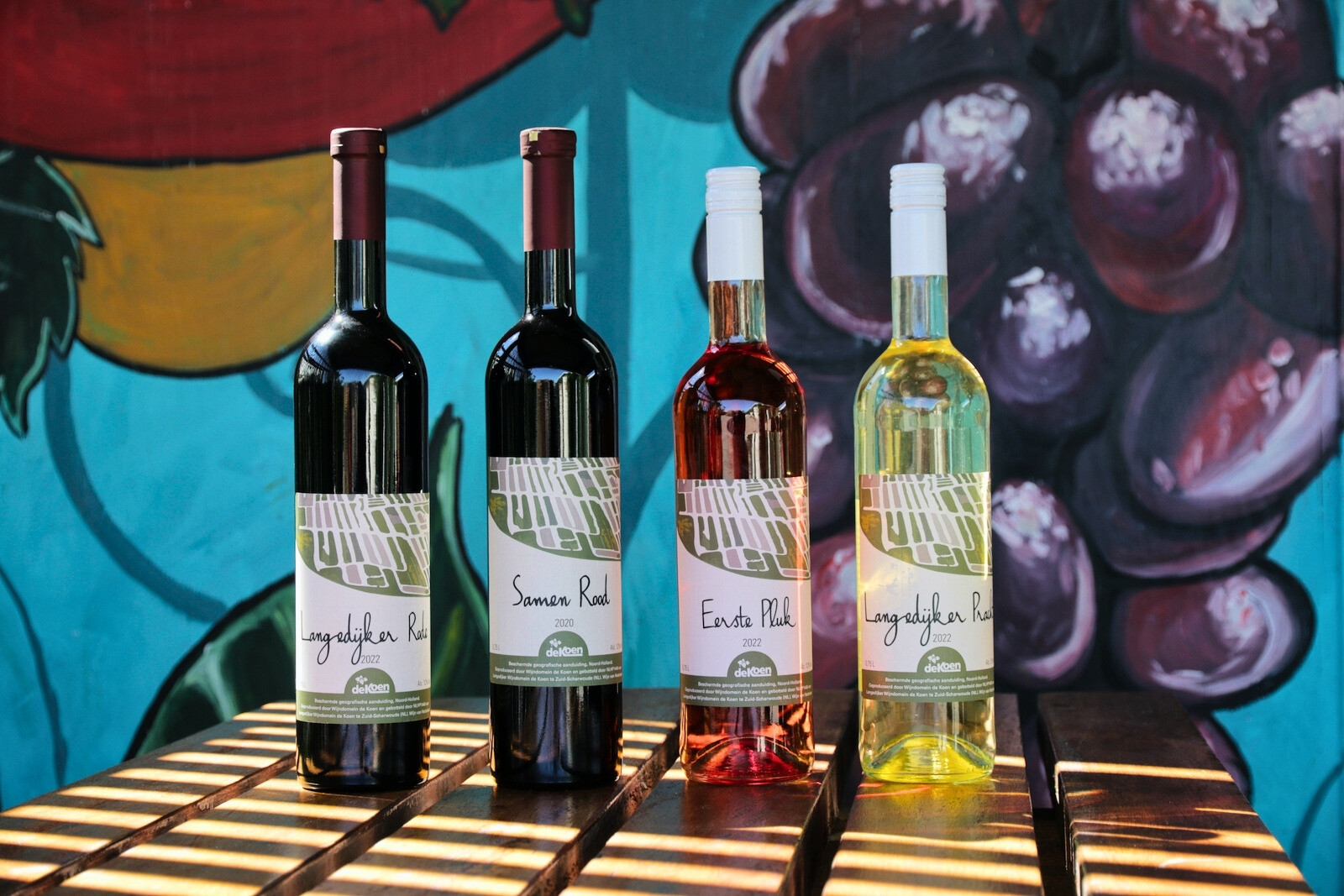
Visiting De Koen Winery
A visit to De Koen Winery is, of course, among the possibilities. The winery in North Holland features a charming store and tasting room complemented by a cozy terrace. On weekends, you can reserve a spot for a delightful 'High Wine' experience, complete with an afternoon tour led by Pieter. After the tour, you will be served some small bites with matching wines from De Koen Winerynaturally. Are you intrigued by wines from North Holland yet? Within half an hour driving distance is Wijngaard Saalhof, also well worth a visit!
Updated: 02-05-2025
